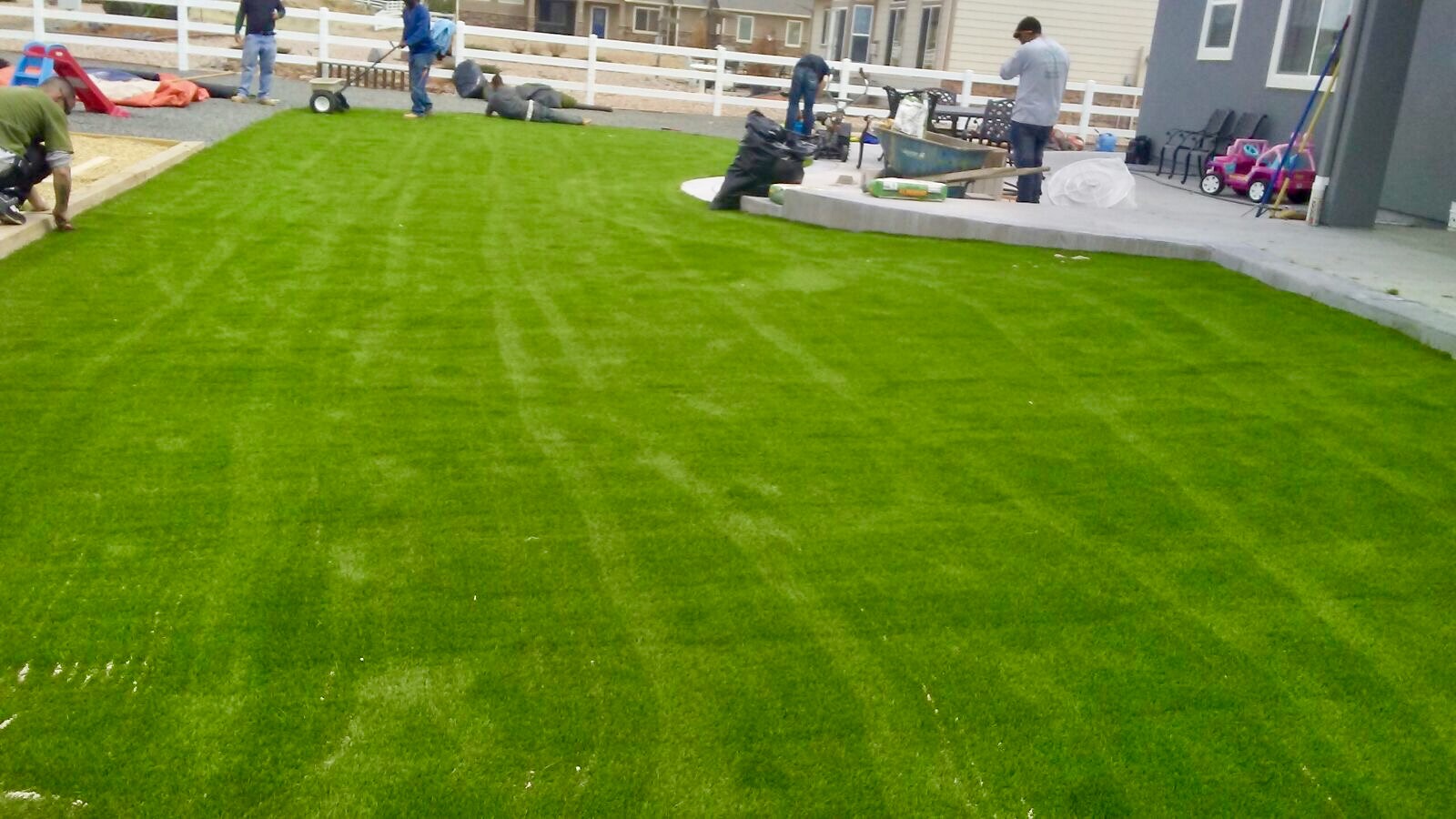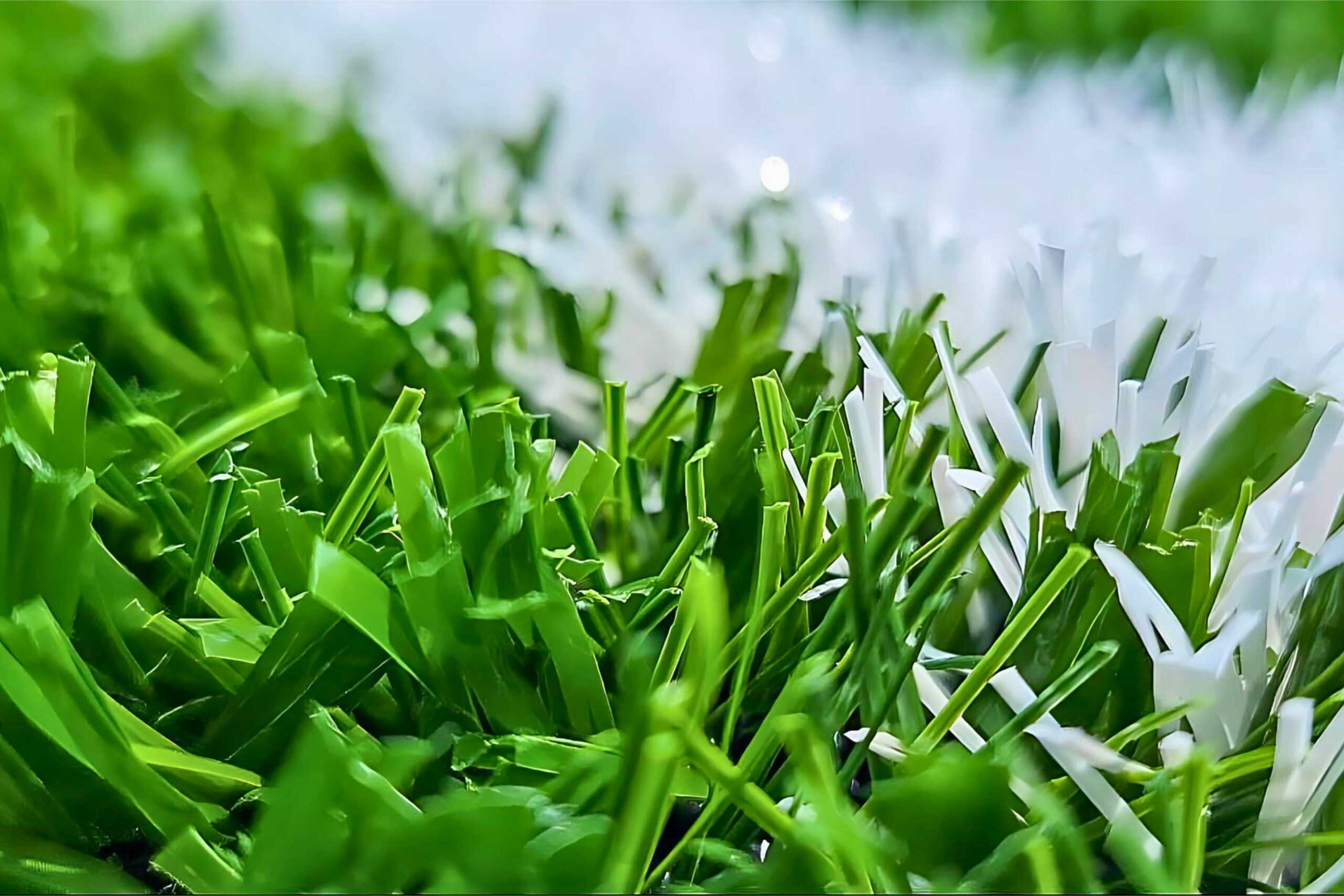Delve Into the Environmental Perks of Opting for Artificial Grass Solutions
The adoption of synthetic grass options presents a compelling opportunity to resolve pushing ecological obstacles. By considerably reducing water usage and lessening the application of dangerous chemicals, these alternatives not just promote lasting landscape design however likewise safeguard local ecosystems.
Water Preservation Perks
One of one of the most considerable benefits of synthetic grass is its capacity to preserve water. Typical yard lawns need substantial irrigation, particularly in locations vulnerable to drought or water limitations. On the other hand, synthetic grass does not need watering, substantially reducing the general demand for water resources. This feature is particularly valuable in dry areas where water scarcity is a pressing problem.
By eliminating the requirement for regular watering, synthetic grass adds to sustainable landscape methods and assists alleviate the ecological impact of extreme water consumption. The conservation of water expands to the reduction of overflow, which can lead to dirt disintegration and waterway pollution.
Additionally, the setup of artificial turf permits communities and property owners to assign water sources much more successfully, concentrating on crucial usages such as drinking water and farming. The shift towards synthetic grass not only advertises accountable water use but additionally aligns with more comprehensive environmental objectives focused on maintaining natural sources.
As areas increasingly prioritize sustainability, the water conservation advantages of synthetic grass provide a compelling case for its fostering in business and household landscaping jobs.
Lowered Chemical Use
The transition to synthetic grass substantially decreases the reliance on chemical therapies generally used in natural grass maintenance. Traditional lawn administration normally involves the application of pesticides, herbicides, and fertilizers to advertise growth and control parasites. These chemicals can position risks to human health and wellness, local wildlife, and the setting, adding to dirt and water contamination.
In contrast, fabricated turf gets rid of the demand for these damaging substances. Once installed, it requires very little maintenance, mainly containing routine cleaning and occasional infill replenishment. This reduction in chemical usage not just benefits the immediate setting however additionally contributes to more comprehensive environmental security. By reducing the launch of artificial substances into the environment, synthetic grass promotes much healthier soil and water supply.
Additionally, the absence of chemical overflow connected with synthetic grass setups assists secure neighborhood waterways from contamination, supporting aquatic life and maintaining biodiversity. Arizona artificial turf. As areas increasingly prioritize sustainable practices, selecting artificial turf provides a sensible service that lines up with ecological conservation goals. With this change, homeowner can appreciate lavish eco-friendly areas without compromising eco-friendly health, leading the means for a much more lasting future
Reduced Carbon Impact

Furthermore, the here are the findings installment of synthetic grass can lead to significant water conservation. Natural yards call for significant amounts of water for watering, which not just includes in the carbon impact related to water removal and treatment yet additionally pressures regional water resources. On the other hand, artificial turf requires minimal upkeep, calling for no watering, thereby dramatically lowering water use and its connected power expenses.
Additionally, the durability of man-made turf adds to its lower carbon influence. With a life-span of as much as 15 years or even more, the need for frequent substitutes is lessened, leading to less waste and lower power usage in production and taking care of traditional lawn options. On the whole, man-made turf provides a lasting choice for eco aware landscaping.
Environment Preservation
Habitat conservation is an important factor to consider in the discussion over landscape design options, especially when comparing fabricated grass to natural turf. All-natural lawn yards typically need comprehensive maintenance, consisting of making use of chemicals, herbicides, and plant foods, which can negatively impact regional environments. These chemicals can seep into the dirt and rivers, harming indigenous plants and fauna and interrupting regional environments.
On the other hand, synthetic grass offers a chance to minimize the ecological footprint of landscape design. By choosing synthetic yard, homeowners can reduce the disruption of natural habitats related to typical grass treatment techniques. Synthetic grass gets rid of the demand for unsafe chemicals, thereby safeguarding nearby wild animals and preserving the stability of surrounding ecological communities. The installment of synthetic turf can lead to the conversion of former grass locations right into more biodiverse landscapes, such as pollinator yards or native plant areas, which can support neighborhood wildlife.
Eventually, the change to synthetic lawn not only saves water and reduces maintenance efforts however additionally fosters a much more harmonious relationship between human activities and the natural environment, advertising habitat preservation while doing so.
Long-Term Sustainability
Long-lasting sustainability is a critical consider examining the advantages of synthetic turf over typical lawn lawns. One of the most significant benefits of synthetic grass is its toughness; it can last as much as 15-20 years with marginal upkeep, whereas all-natural grass requires constant reseeding and replacement. This longevity decreases the need for consistent resources, such as water, fertilizers, and chemicals, which more helpful hints are necessary for keeping a Visit This Link healthy yard yard.
Additionally, artificial turf adds to a reduction in carbon exhausts associated with grass treatment devices. Standard lawns typically require gas-powered mowers, leaners, and blowers, every one of which add to air contamination. Arizona artificial turf. In comparison, man-made grass gets rid of the demand for such devices, advertising a cleaner atmosphere
Moreover, the manufacturing of man-made lawn progressively uses recycled materials, enhancing its sustainability profile. As producers take on environment-friendly techniques, the environmental impact of man-made lawn remains to reduce.

Conclusion
The adoption of synthetic grass solutions presents significant ecological advantages, including considerable water conservation, decreased reliance on harmful chemicals, and a lower carbon impact. Moreover, synthetic turf help in protecting all-natural environments by minimizing land disruption and advertising long-lasting sustainability with making use of sturdy materials. Jointly, these aspects emphasize the potential of man-made lawn to contribute positively to ecological health and wellness and offer a sensible choice to conventional landscaping techniques in a progressively resource-conscious world.
In comparison, fabricated lawn does not require watering, considerably minimizing the overall need for water sources. By lessening the launch of synthetic substances into the environment, fabricated turf advertises healthier dirt and water systems.
Additionally, the installation of synthetic turf can result in considerable water preservation. In comparison, artificial grass requires minimal maintenance, needing no watering, thereby dramatically reducing water usage and its linked power prices.
